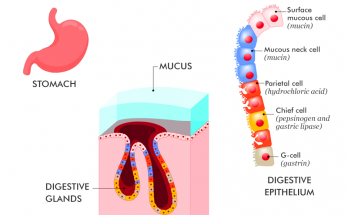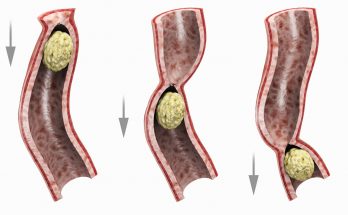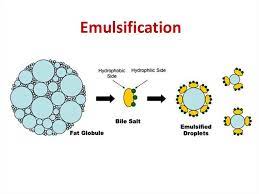
Salivary Glands – Definition, Types, Location, Size, Ducts, Diagram, Characteristics, Secretion, Structure and Function
Salivary glands are exocrine glands responsible for saliva secretion. They have acinar cells for saliva synthesis and ductal cells for transport. Myoepithelial cells aid saliva movement. Major glands include parotid (largest), submandibular, and sublingual (smallest). Ducts are Stensen’s (parotid), Wharton’s (submandibular), and multiple (sublingual). Saliva lubricates, digests, and protects. Understanding their structure and function is vital.
Salivary Glands – Definition, Types, Location, Size, Ducts, Diagram, Characteristics, Secretion, Structure and Function Read More



